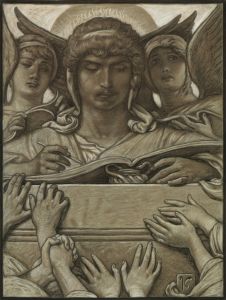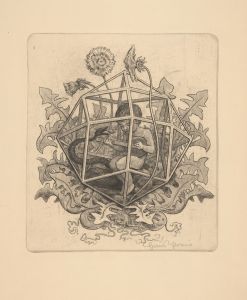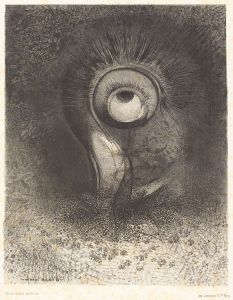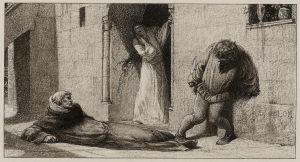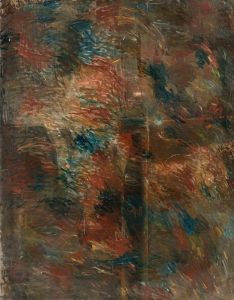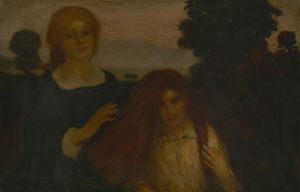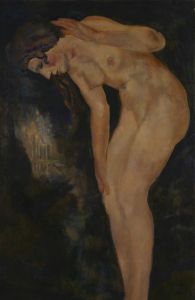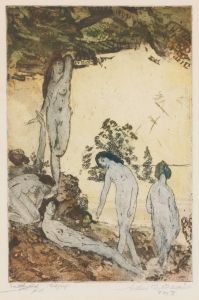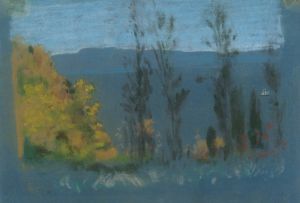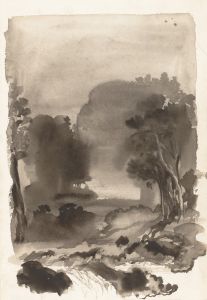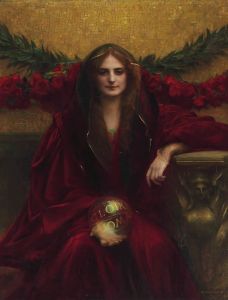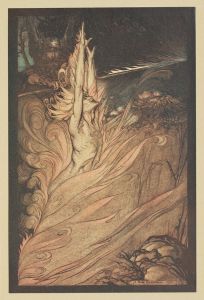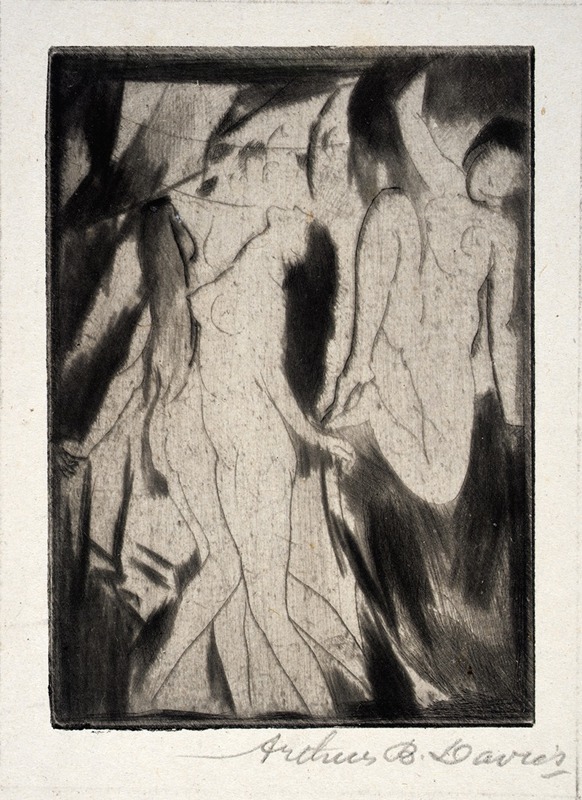
Ecstasy
A hand-painted replica of Arthur Bowen Davies’s masterpiece Ecstasy, meticulously crafted by professional artists to capture the true essence of the original. Each piece is created with museum-quality canvas and rare mineral pigments, carefully painted by experienced artists with delicate brushstrokes and rich, layered colors to perfectly recreate the texture of the original artwork. Unlike machine-printed reproductions, this hand-painted version brings the painting to life, infused with the artist’s emotions and skill in every stroke. Whether for personal collection or home decoration, it instantly elevates the artistic atmosphere of any space.
Arthur Bowen Davies was an American artist known for his role in the early 20th-century art scene, particularly as a member of The Eight, a group of artists who challenged the academic norms of their time. One of his notable works is "Ecstasy," a painting that exemplifies his unique style and thematic interests.
"Ecstasy" is a painting that reflects Davies' fascination with the ethereal and the mystical. His work often blurs the lines between reality and fantasy, and "Ecstasy" is no exception. The painting is characterized by its dreamlike quality, a hallmark of Davies' style, which often incorporates elements of symbolism and allegory. His works frequently depict figures in motion, set against serene and otherworldly landscapes, creating a sense of harmony and transcendence.
Davies was influenced by a variety of artistic movements, including Symbolism and Art Nouveau, which is evident in "Ecstasy." The painting likely features graceful, flowing lines and a soft color palette, contributing to its otherworldly atmosphere. Davies' interest in the human form and its expressive potential is also a significant aspect of his work, and "Ecstasy" may showcase his ability to convey emotion and movement through his depiction of figures.
As a member of The Eight, Davies played a crucial role in the development of modern art in America. The group, which also included artists like Robert Henri and John Sloan, was known for its opposition to the conservative art establishment of the time. They sought to depict everyday life and explore new artistic expressions, paving the way for future modernist movements. Although Davies' style was more lyrical and less focused on urban realism compared to some of his contemporaries, his contributions to the group's exhibitions helped to broaden the scope of American art.
Davies' work, including "Ecstasy," often reflects his interest in the spiritual and the transcendental. He was known to be influenced by various philosophical and mystical ideas, which informed his artistic vision. This interest in the metaphysical is evident in the serene and contemplative nature of his paintings, which invite viewers to explore the deeper meanings and emotions conveyed through his art.
"Ecstasy" is a testament to Arthur Bowen Davies' ability to capture the intangible and the sublime. His work continues to be appreciated for its beauty and its contribution to the evolution of American art. While specific details about "Ecstasy" itself, such as its current location or dimensions, may not be widely documented, the painting remains an important part of Davies' oeuvre and a reflection of his artistic legacy.
In summary, Arthur Bowen Davies' "Ecstasy" is a significant work that embodies the artist's unique style and thematic interests. Through its dreamlike quality and exploration of the mystical, the painting exemplifies Davies' contribution to the American art scene and his role in the broader context of early 20th-century modernism.





